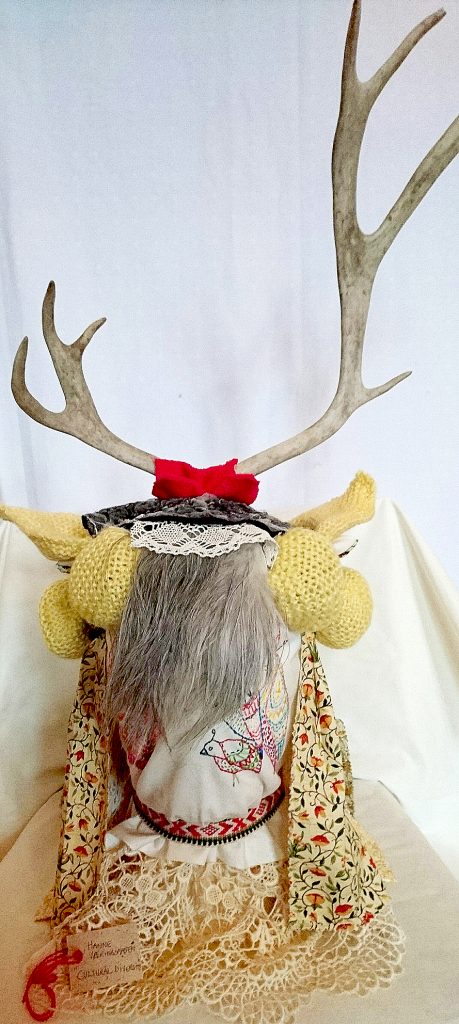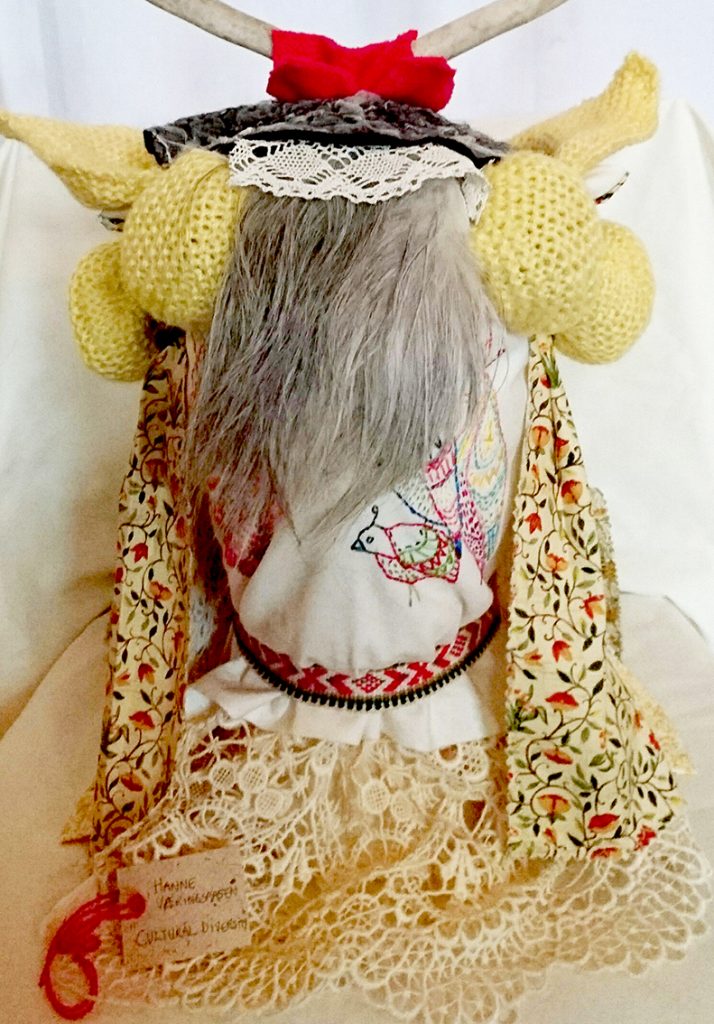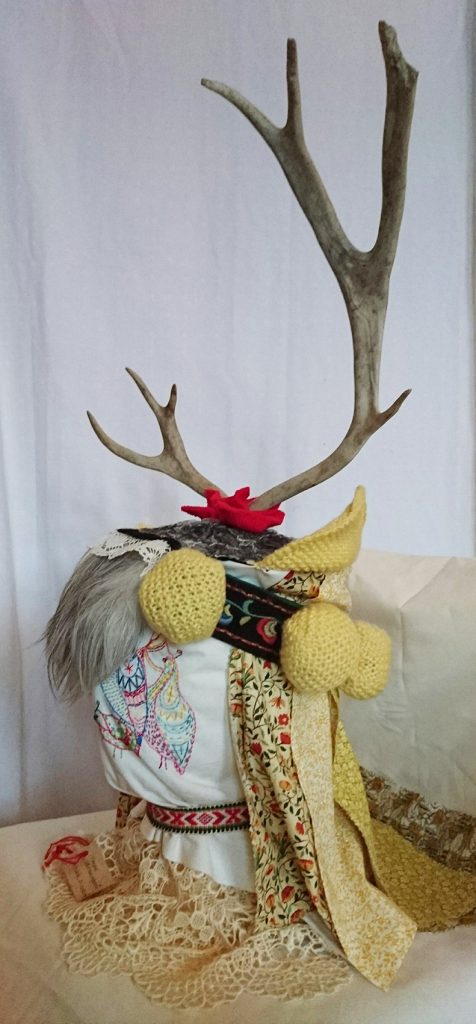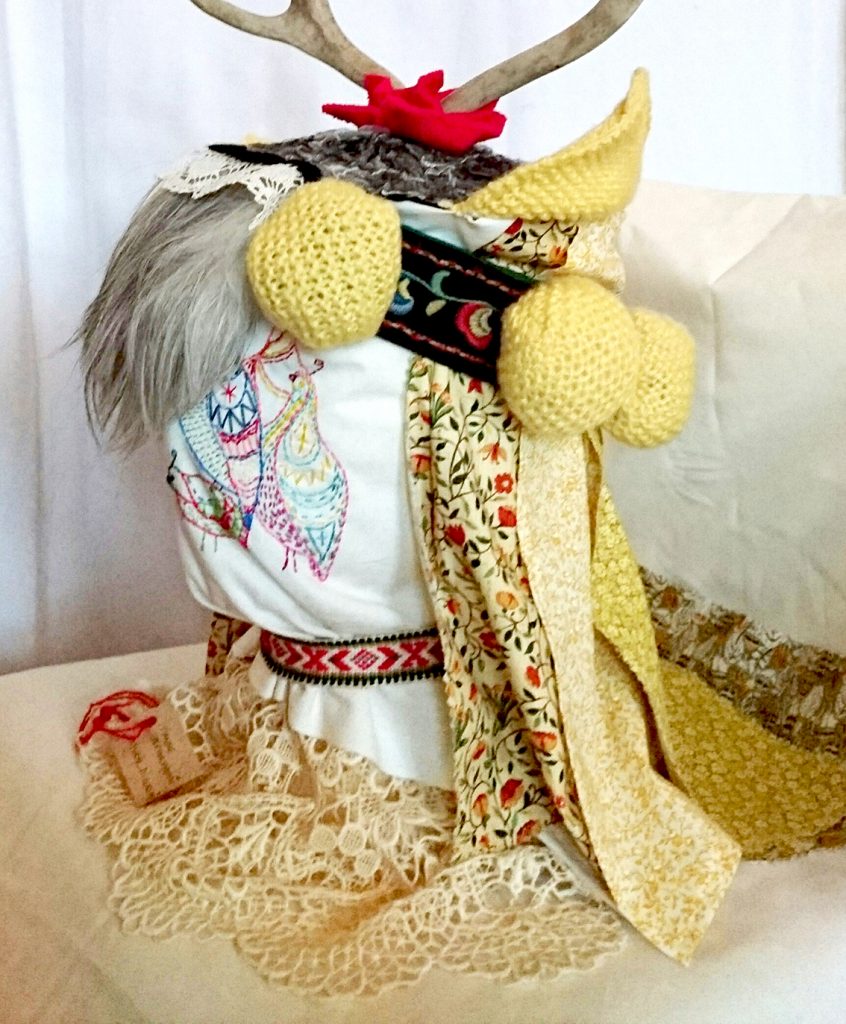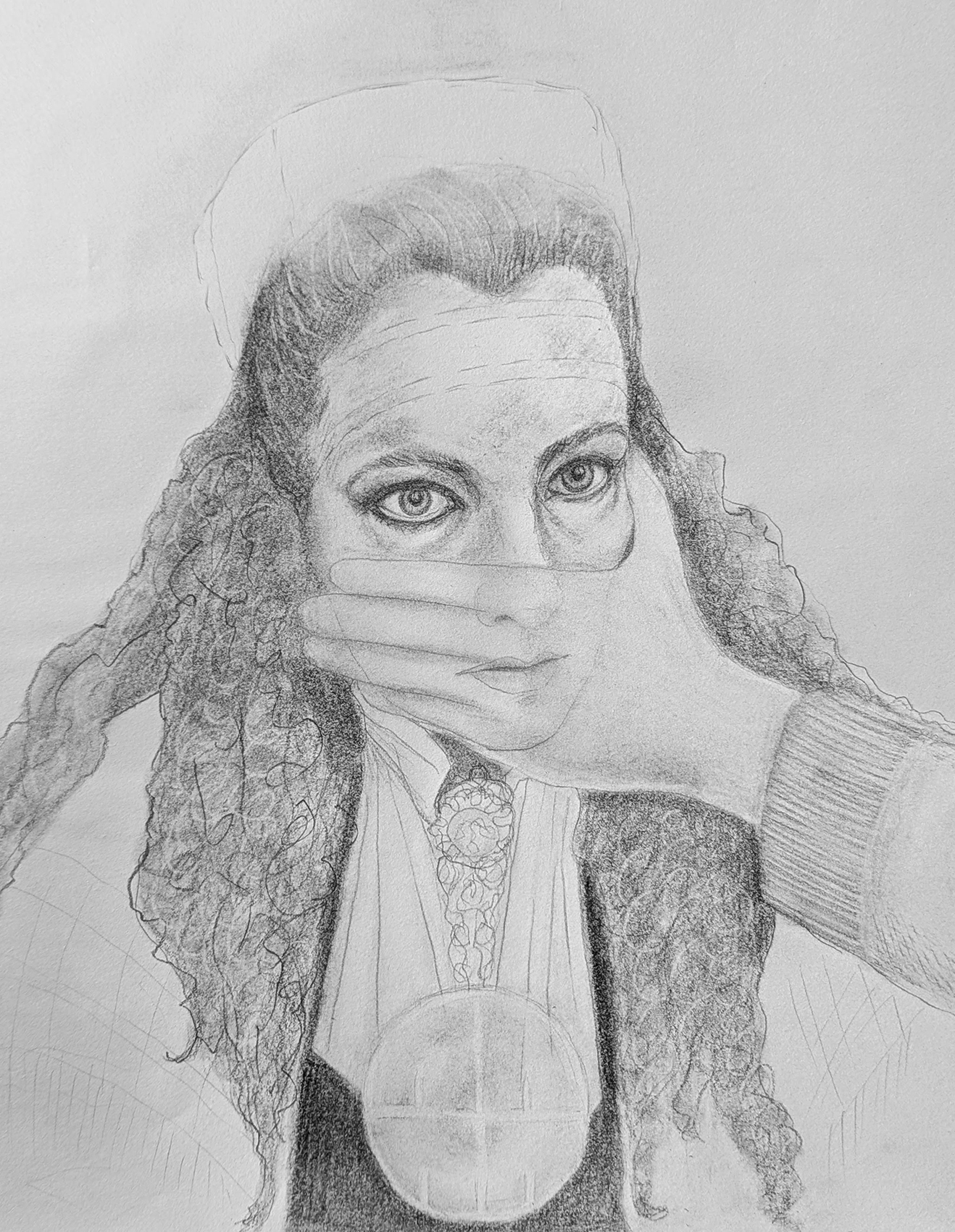Buoris.
Muv namma l Hanne. Mån lav gåvvådájddár ja mån årov Oslon. Mån lav julevsábme, berraha áhtje bieles.
I am of Lule Sami descent on my father’s side, but due to the Norwegianization process and assimilation, we lost the Sami language. As a visual artist, I am now in the process of reclaiming my cultural heritage and attempting to learn the language. The themes I explore in my artwork also incorporate elements of this lost identity. My website will eventually be updated with both images and text reflecting this journey.
The Norwegianization process of the Sami was a systematic policy by the Norwegian state from the mid-19th to mid-20th century aimed at assimilating the Sami into Norwegian culture. Sami children were sent to boarding schools where they were punished for speaking their language, leading to the loss of their mother tongue and cultural identity. Restrictions were also placed on Sami culture and traditional livelihoods like reindeer herding and fishing. This policy caused deep and lasting impacts, weakening cultural transmission and causing shame among many Sami.
I am working to revitalize my Lule Sami culture and language so that my daughters can be proud inheritors and not feel the shame that my father and his father experienced. We have Lule Sami ancestry going back nine generations, likely more, so I am fighting hard to ensure this heritage does not disappear from my family.
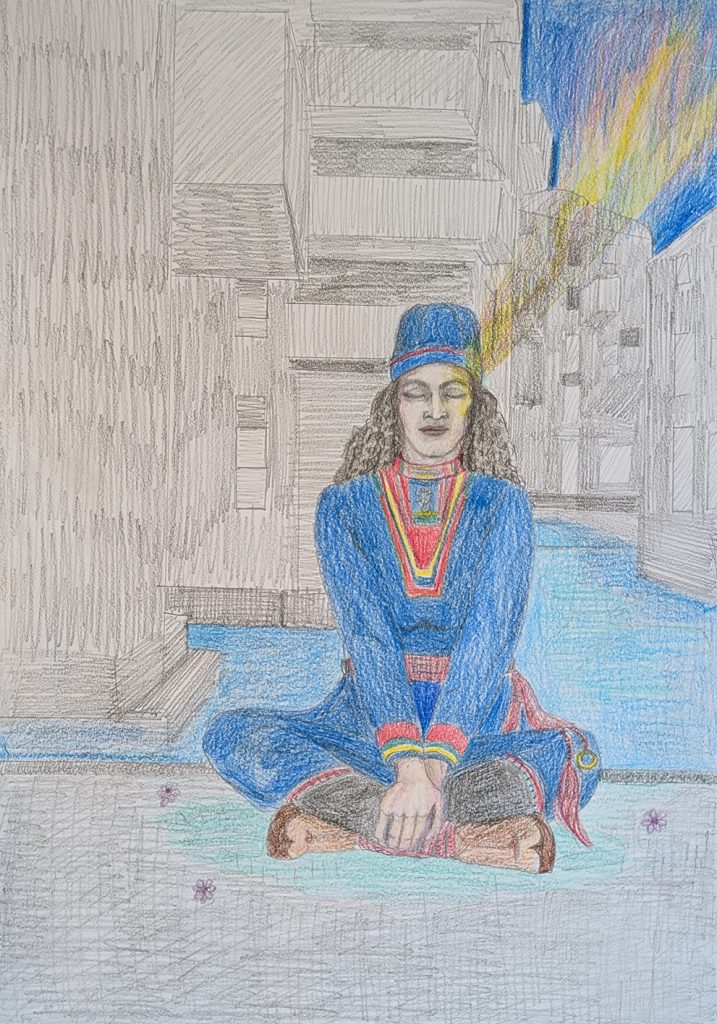
The artwork ‘Cultural Diversity‘ is a unique piece that combines textile elements, embroidery, sewing, yarn, woven bands, reindeer antlers, and leather to represent the diversity of culture and tradition. The textile elements are carefully selected to reflect the textile traditions of various cultures, with colors, patterns, and materials creating a harmonious yet diverse expression. The embroidery, featuring birds as a motif, demonstrates the importance of craftsmanship in many cultures. Each thread and stitch represents hours of dedication and skill, adding depth and richness to the artwork. The sewing binds together the different parts of the work, both literally and symbolically, representing the connection between various cultural elements.
The reindeer antlers serve as a powerful reminder of nature’s role in many cultures’ lives and traditions, adding an organic and raw dimension juxtaposed against the feminine lace. The leather, incorporated as hair, reminds us of our ancestors’ survival skills and symbolizes strength, protection, and traditional knowledge passed down through generations. Mounted on a display head, the artwork takes on an anthropomorphic quality, with the head serving as a metaphor for human identity and cultural heritage.
The artwork ‘Cultural Diversity’ references the artist’s own experience of the Norwegianization process that her Sami father’s family was subjected to, highlighting the importance of reclaiming her Sami identity. This context imbues the work with a deeper personal and historical resonance, emphasizing the necessity of cultural assertion and restoration.
Together, these elements form a work rich in symbolism and meaning, celebrating the beauty and complexity of human culture. The details in the artwork showcase the exquisite craftsmanship behind it, with each small part contributing to the overall narrative of the piece. ‘Cultural Diversity’ invites us to reflect on our own cultural roots and appreciate the diversity that surrounds us, celebrating what makes us unique and what binds us together. It encourages us to tolerate and stand up for each other’s differences.
